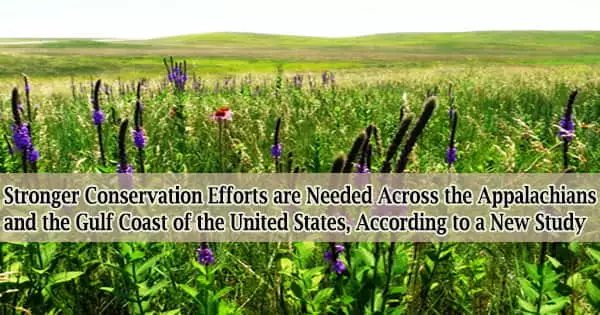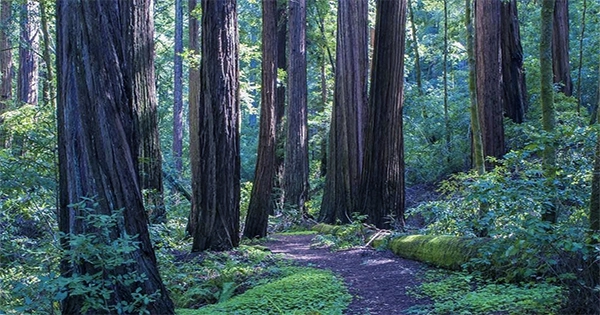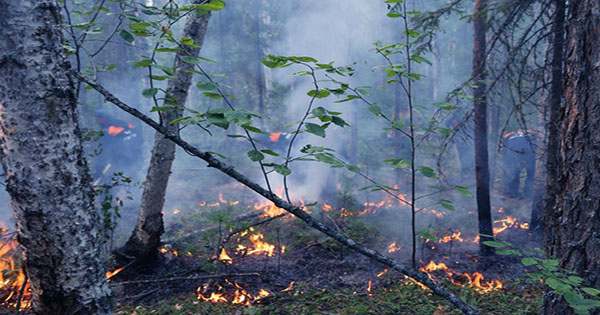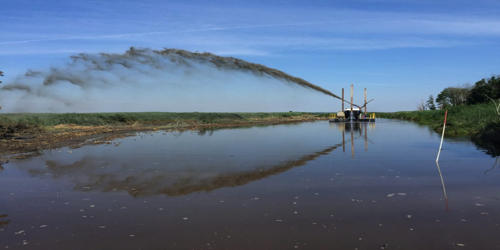Glaciers blanketed enormous swaths of North America during the previous ice age. Plants and animals survived and thrived in more moderate temperatures, such as those found in the southern Appalachians and along the Gulf Coast.
As the glaciers melted, inhabitants migrated northward from those areas, known as glacial refugia. The Gulf Coast of the United States is the coastline that runs along the southernmost part of the country, where it meets the Gulf of Mexico. The Gulf States are the coastal states of Texas, Louisiana, Mississippi, Alabama, and Florida that have a shoreline on the Gulf of Mexico.
Because of their tremendous genetic variety, new research from Clemson University’s Matthew Koski and colleagues recommends bolstering conservation efforts in glacial refugia.
“These regions are the source of genetic diversity for the rest of the species ranges to the north of us,” said Koski, an assistant professor in the Department of Biological Sciences. “Conservation of these habitats in the Southeast is vital and has implications for other areas of the country.”
It is critical to be able to sample from places with a significant genetic variety if forced migrations of species are required to plant populations beyond their present range borders.
“If we don’t have those habitats, then that diversity is gone,” Koski said.
According to Koski, scientists have been tracking climate change since the last glacier, and warming was far more gradual than it is now with anthropogenic climate change.
We expect elevated genetic diversity in the South. The findings were reported in the journal Proceedings of the Royal Society B in a study titled “Hybrid breakdown is higher around the historical cores of a species’ range.”
Matthew Koski
“These southern range edges are experiencing much warmer and often much drier conditions than ever. Are these populations in the glacial refugia where the most genetic diversity exists going to be able to respond to climate change rapidly? The populations at the northern range edge are expected to be the ones contributing to the expansion northward with continued warning, but they are also the most genetically depauperate. It sets up some interesting scenarios of what’s going to happen at each of the range edges with continued climate change,” he said.
Lower latitude locations, particularly in the Northern Hemisphere, have frequently functioned as glacial refugia and sources of post-glacial range expansion.
Campanula americana, sometimes known as American bellflower, is an insect-pollinated herb native to eastern North America with stunning purple flowers.
The researchers used population genetics to find various places that acted as glacial refugia for the species throughout the Pleistocene ice age. One was in the Deep South, along the Gulf Coast, while the other was in what is now eastern Kentucky, on the Appalachian plateau.
Researchers performed controlled crossings in a greenhouse after collecting seeds from 24 populations of the plant to show that those closest to the glacial refugia had the best potential for diversification. When a group of individuals within a species departs from the rest of the species and develops its own distinct features, this is known as speciation.
They discovered that hybrid breakdown, a sort of reproductive failure exhibited in hybrids’ “grandkids,” is more common near glacial refugia populations and less common near the leading range border.
While Koski’s study was limited to one blooming plant, he predicted that comparable results will be seen in other species.
“We expect elevated genetic diversity in the South,” he said. The findings were reported in the journal Proceedings of the Royal Society B in a study titled “Hybrid breakdown is higher around the historical cores of a species’ range.”
Laura Galloway of the University of Virginia and Jeremiah Busch of Washington State University were among the other researchers.
















